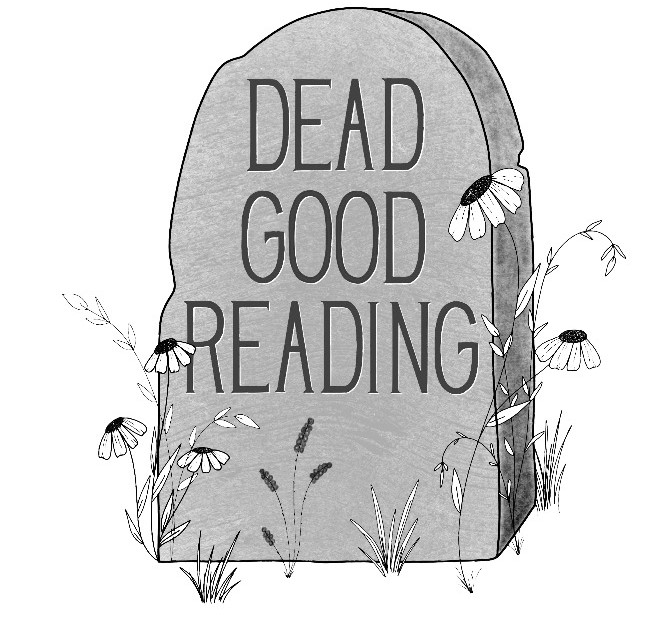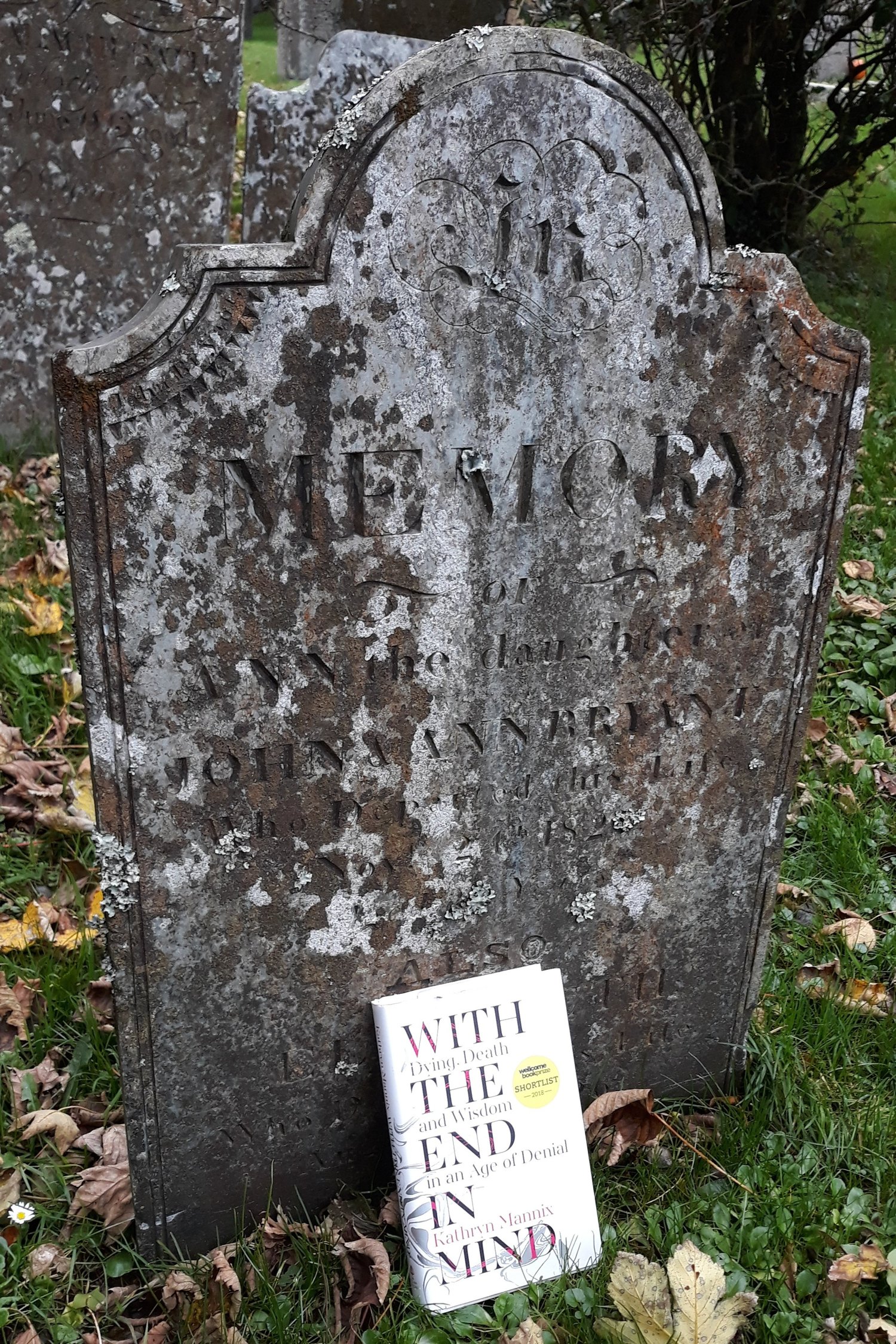It’s been a little while since I have written a review, but I am happy to tell you that I am writing this one from a lovely town in Cornwall. I haven’t been to the UK since the start of the pandemic but returned earlier this month. Up until March 2020 I was busy doing fieldwork in prisons and hospitals, but I fled the country and exchanged Surrey for Helsinki when talk about lockdowns increased. I think I was on one of the last flights out of London. Little did I know it would take me 18 months to return…
With the End in Mind. Dying, Death and Wisdom in an Age of Denial by Kathryn Mannix has been on my ‘to review’ list from the start but sadly I was separated from the books I left in my office in the UK for much longer than anticipated. I am also very much late to the party as Mannix as recently published her second book called Listen: how to find the words for tender conversations. Nevertheless, With the End in Mind is a book I strongly encourage everyone with an interest in dying to pick up and read.
Despite the abundance of books on death there is relatively little written on the dying that precedes death. Conversations often seem to skip the ‘dying’ bit and move straight into the ‘death’ bit. For example, I am aware of some of my mother’s wishes for her own funeral, and she has been adding songs to her funeral playlist for years. This is as verbal list, as she will remind me certain songs are on her list whenever we listen to them, but I have not really written them down. So to remind myself, songs include Janis Joplin’s Piece of my Heart and Melanie’s Beautiful People. Yet while I know some of my mother’s post-death wishes, I am not so sure about her dying wishes (or my own for that matter).
Mannix’s book is a welcome addition to the literature as she draws our attention to process of dying. She describes the patterns in dying, which is really helpful as many of us will probably not know what dying looks like, even if it would hit us in the face.
“Watching dying is like watching birth: in both, there are recognisable stages in progression of changes towards the anticipated outcome. Mainly, both processes can proceed safely without intervention, as any wise midwife knows. In fact, normal birth is probably more uncomfortable than normal dying, yet people have come to associate the idea of dying with pain and indignity that are rarely the case”
— With the End in Mind. Page: 7
Mannix has worked in cancer care and as a palliative care consultant for many years. The book is made up out of beautiful stories, both reflections on her clinical practice as well as dying in her personal life, which can all be read as standalone pieces. The purpose of the book is to make everyone more familiar with the process of dying, and to invite people to have conversations about dying. Stories about dying are interspersed with ‘Pauses for thought’ which invite the reader to have moments of reflection. Readers can dip in and out of the book as they please, as some stories will likely speak more to them than others. But overall the message is clear: Death will happen to all of us and dying is not only a normal part of life, but potentially a beautiful thing to witness if you understand the signs to look out for.
With the end in Mind is a gentle but clear introduction to dying, as Mannix emphasis the importance of using clear language when talking about dying. I hope it will help many people to understand the process of dying when they are confronted with this in their own lives, and I very much look forward to getting my hands on Mannix’s second book Listen.
You can read more about Kathryn Mannix and the book here.


Leave a Reply